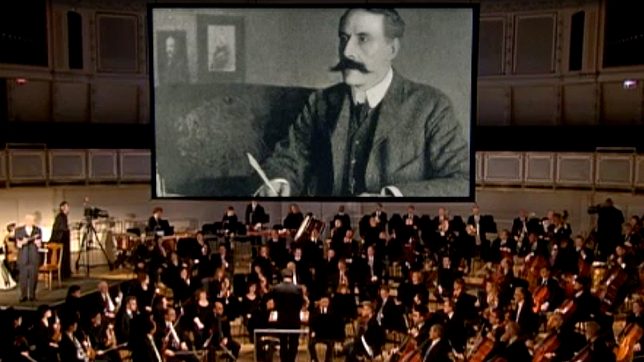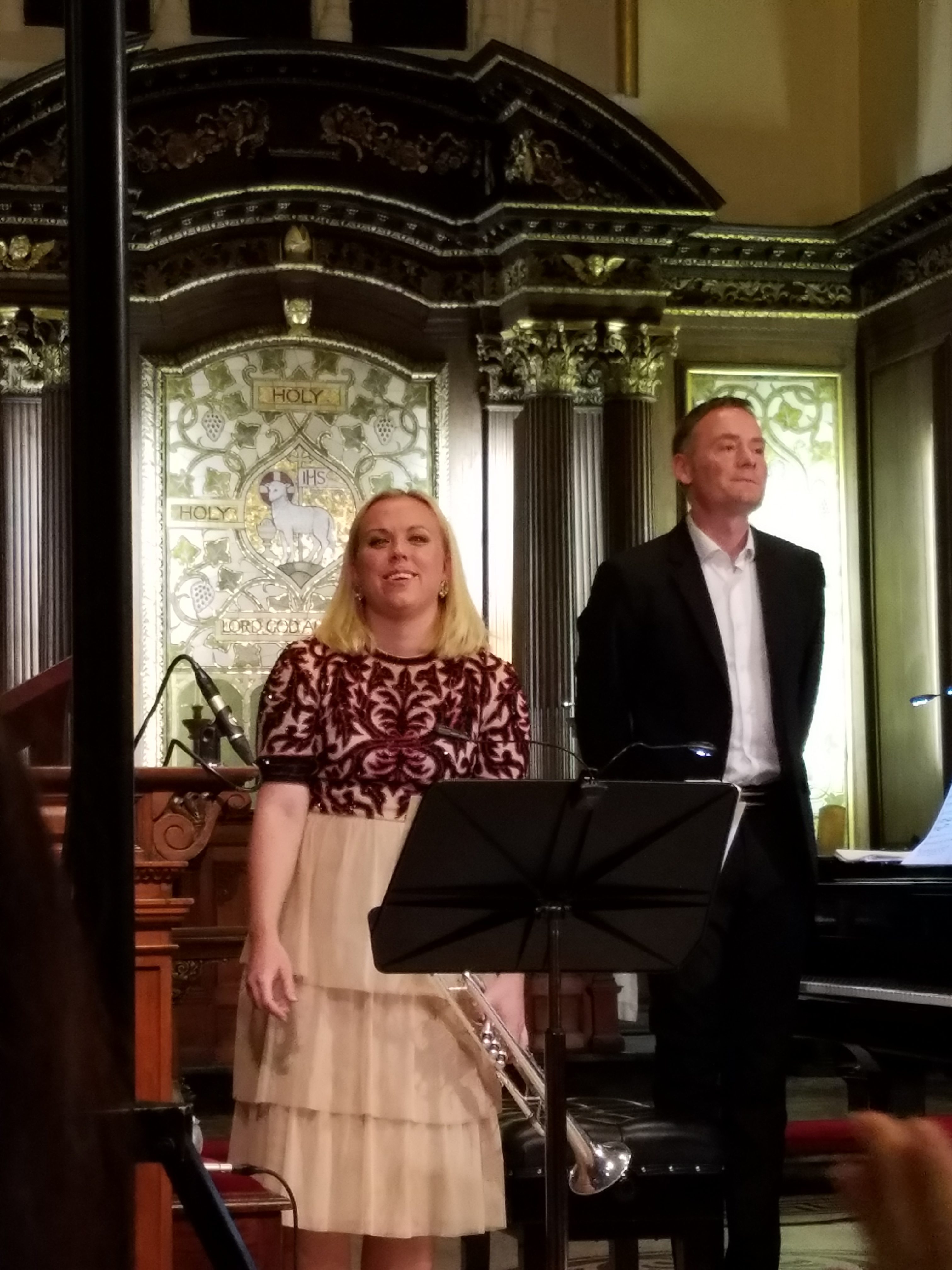
Decoding the Mystery of Elgar’s ‘Enigma’ Variations with the Des Moines Symphony
On Saturday and Sunday, April 28-29, 2018, the Des Moines Symphony presented its sixth and final program of its Masterworks Subscription Series for 2017-2018. The first half of the concert consisted of the Chicago Symphony Orchestra’s production of Beyond the Score: Elgar’s ‘Enigma’ Variations. This multimedia presentation combined actors, video, and the Symphony’s live accompaniment to provide a context for Sir Edward Elgar’s famous composition. After intermission, the Symphony played through this piece in full.
Elgar was an English composer who lived from 1857-1934. He composed the “Variations on an Original Theme, “Enigma”, Op. 36, in 1899, and it had its first performance the same year in London under the baton of German conductor Hans Richter.
Elgar named each of the 14 variations for one of his friends, his wife, or himself. He used initials or nicknames to denote this attribution, as for example Variation I (C. A. E.) is named for his wife, Caroline Alice Elgar.
The Chicago Symphony Orchestra (CSO) presented a total of 30 Beyond the Score Series productions over 11 seasons ending with the 2015-2016 season. The presentations continue to be offered by other symphonic organizations. For example, last April, the Des Moines Symphony presented Beyond the Score: Berlioz’s Symphonie Fantastique (here’s my article about it).
This Beyond the Score presentation worked well to give the audience a sense of how each Elgar wrote each variation. It also gave a bit of historical context, describing where and how Elgar was living when he composed this work. It definitely whetted my appetite to hear the entire piece played by the musicians.
Watch this presentation by the CSO from a few years’ back and see if you agree:
What is an “enigma” anyway?
According to the Merriam-Webster dictionary, an enigma is “something hard to understand or explain.”
Elgar set up the final–and still unsolved–enigma of his composition when he stated:
“Furthermore, through and over the whole set another and larger theme goes but is not played…So the principal theme never appears, even as in some recent dramas–e.g., Masterlinck’s L’Intruse and Les Sept Princesses–the chief character is never on stage.”
Various theories have been put forth as to what could be this theme that is never played. A Dutch musicologist proposed that it might be the theme “Never never never” from the British tune Rule Britannica.
Despite the scholarly speculations, this is one enigma that will forever remain unbroken, as Elgar took his meaning to his grave. I, for one, am content to enjoy the themes that ARE played in his composition. This is a piece that moves quickly (it is only about 30 minutes long) and stirs the emotions with its melodies:
The Des Moines Symphony musicians did a fine job performing this piece. After a standing ovation, Maestro Joseph Giunta returned to the stage to conduct an encore of Elgar’s Pomp and Circumstance, a tune familiar to many this graduation time of year. Less commonly heard is the march section preceding the well-known “processional.”
Bravo to Conductor Giunta and the Symphony musicians for an excellent performance at their season finale concert!
Lead photo copyright Chicago Symphony Orchestra
1 thought on “Decoding the Mystery of Elgar’s ‘Enigma’ Variations with the Des Moines Symphony”
Comments are closed.


Very nice.